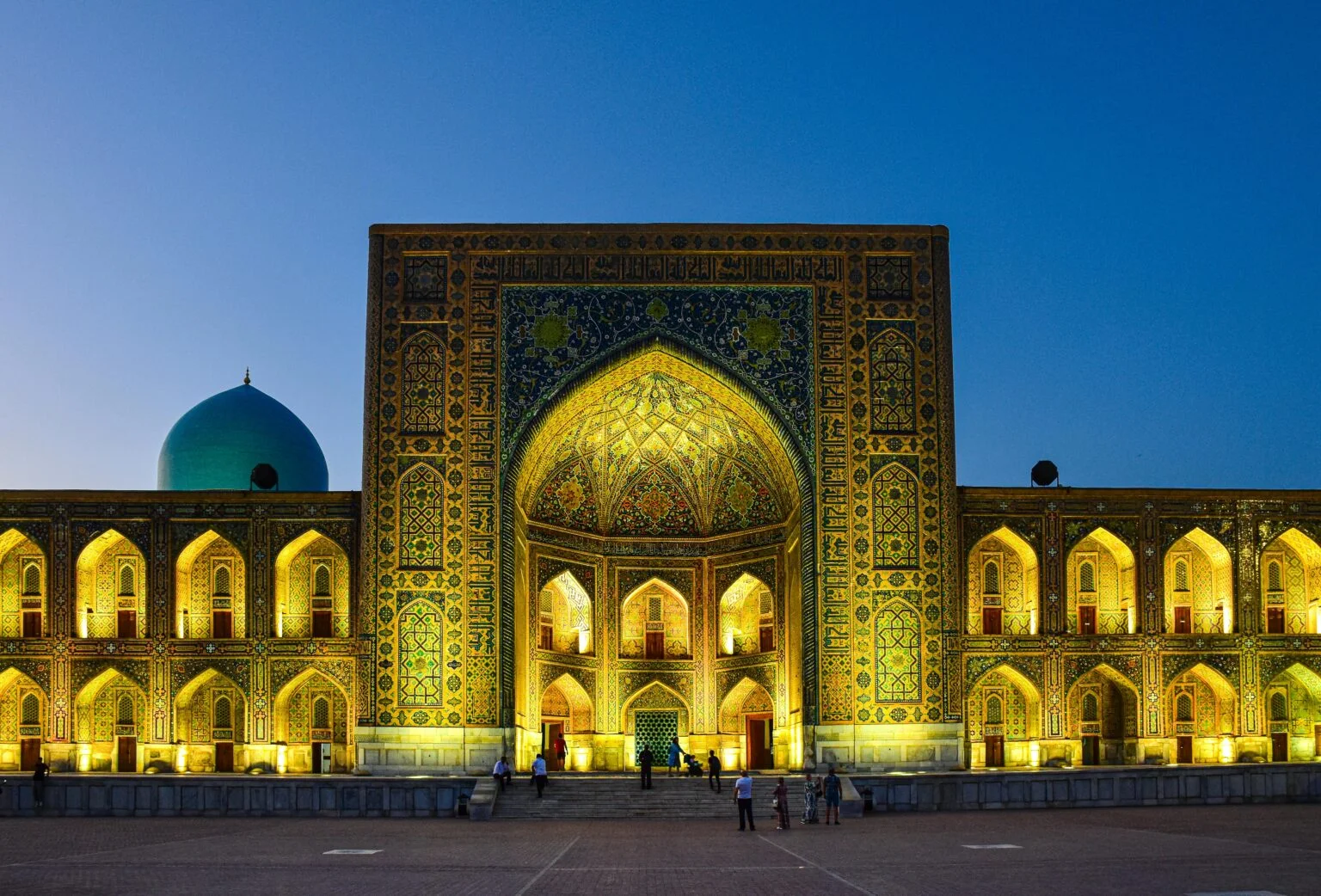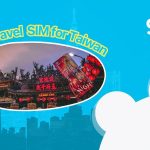Looking for a place with stunning architecture, rich history, and real cultural experiences? This Uzbekistan travel guide will help you discover one of Central Asia’s hidden gems.
Uzbekistan is perfect for curious travelers. You’ll find beautifully preserved Silk Road cities, impressive Islamic architecture, and busy bazaars that have welcomed traders for centuries.
Don’t choose a house choose neighbors. Don’t choose a path choose traveling companions.
Uzbek Proverb

Image: Bukhara, Uzbekistan
Sitting in the heart of the ancient Silk Road, Uzbekistan offers a mix of historic sites, local life, and modern travel convenience. In this guide, we’ll explore the best places to visit and give you helpful tips to plan a trip that’s meaningful, smooth, and full of unforgettable moments.
I. Exploring Uzbekistan’s Iconic Silk Road Cities
The true allure of Uzbekistan lies in its remarkably preserved Silk Road cities Uzbekistan, each offering a distinct window into the country’s rich historical tapestry. From the modern capital to ancient trading posts, these cities form the backbone of any comprehensive Uzbekistan itinerary.
Tashkent: A Modern Gateway with Historical Echoes
Most trips to Uzbekistan start in Tashkent, the capital. It’s a mix of old and new—Soviet-era buildings, leafy streets, and traditional markets all blend together. While it may not be as ancient as other cities, Tashkent gives you a great first look into the country’s culture.
✨ Top places to visit in Tashkent:
- Old Town (Eski Shahar): Visit Chorsu Bazaar, a colorful local market full of spices, snacks, and handmade goods. It’s a great place to feel the rhythm of daily life.
- Tashkent Metro: Each station has its own design, like an art gallery underground. It’s not just transport—it’s an experience.
- Khast-Imam Complex: This quiet, beautiful site is home to the Uthman Quran, one of the world’s oldest Qurans, dating back to the 8th century.

💡 Practical tip:
When you land at Tashkent International Airport, get a local SIM card or set up a Gohub eSIM. It’ll help you use apps like Yandex Go (local ride-hailing), translate signs, or find your hotel—super handy if you’re traveling solo.

Image: Ornate architecture of Tashkent Metro station with elaborate ceiling designs
Samarkand: The Majestic Jewel of the Silk Road
Samarkand is one of the most iconic cities on the Silk Road—and it truly lives up to its legend. Once the capital of Timur (Tamerlane) in the 14th century, it became a center of art, science, and Islamic architecture. Today, it remains one of the top Uzbekistan tourist attractions.
Must-visit Samarkand tourist spots include:
- Registan Square: The heart of the city and a masterpiece of Islamic design. It features three grand madrasahs—Ulugh Beg, Sher-Dor, and Tilya-Kori—all decorated with detailed tilework and grand facades.
- Gur-e-Amir Mausoleum: The resting place of Timur himself. Its tall blue dome and rich interior inspired later Mughal buildings, including India’s Taj Mahal.
- Bibi-Khanym Mosque: Built by Timur for his favorite wife, this huge mosque was once one of the largest in the Islamic world. Its scale still impresses visitors today.
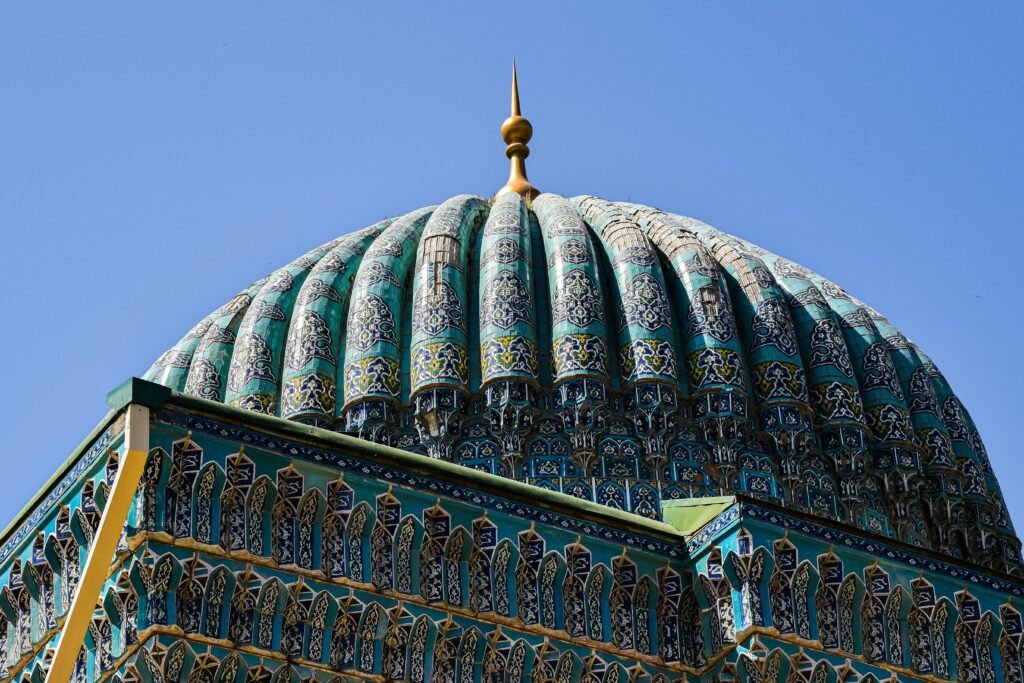
- Shah-i-Zinda Necropolis: A beautiful avenue of tombs, covered in deep blue tiles and patterns from the 11th to 19th centuries. It’s a quiet, awe-inspiring place.
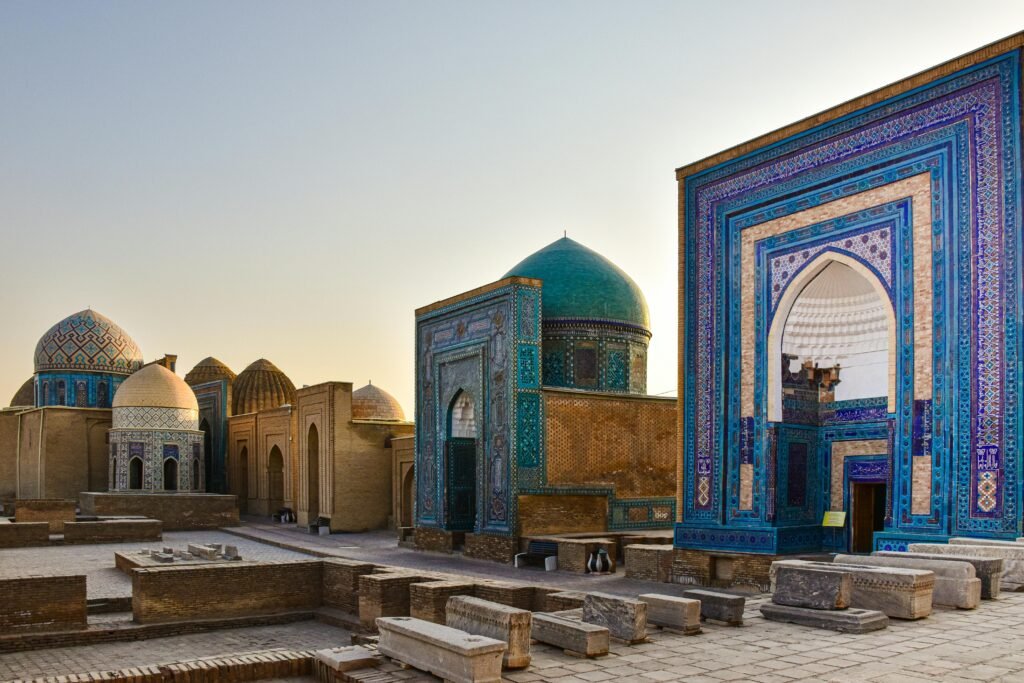
- Siyob Bazaar: Just behind Bibi-Khanym Mosque, this local market is full of fresh produce, dried fruits, spices, and street snacks. A great place to taste and feel local life.
💡 Travel Tip: Take the Afrosiyob high-speed train from Tashkent to Samarkand—just about 2 hours. Trains fill up fast, so it’s best to book early, especially in spring or fall.
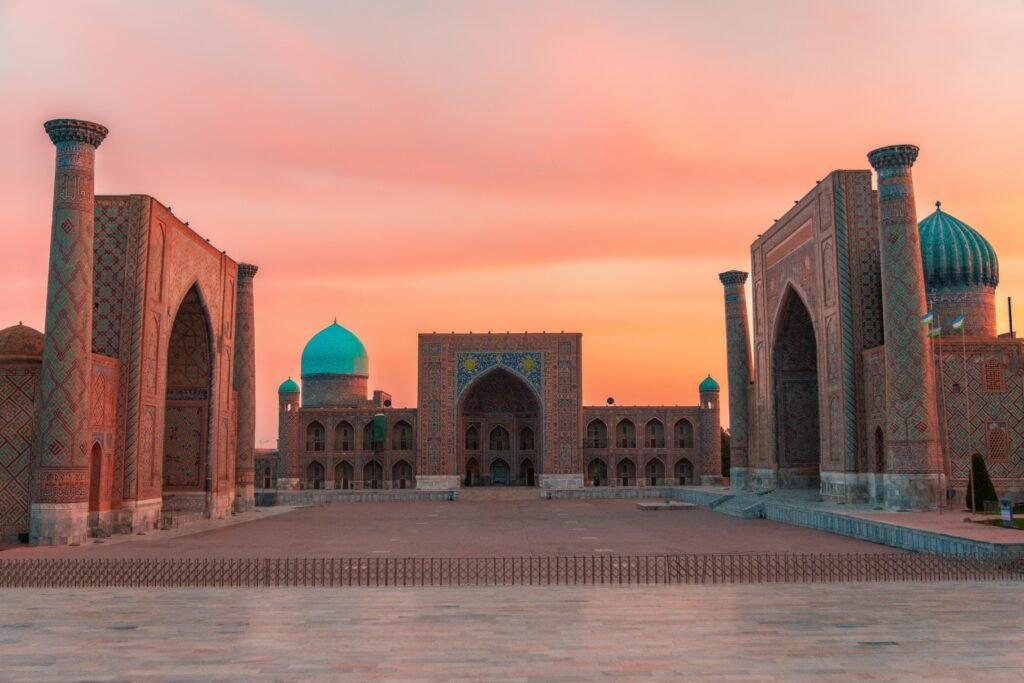
Image: Registan Square in Samarkand with its three grand madrasahs at sunset
Bukhara: The Holy City and Crossroads of Culture
Bukhara is one of Uzbekistan’s most magical cities. A UNESCO World Heritage site, it still feels like a living museum, with its winding streets, blue-domed mosques, and peaceful courtyards.
Once a center of learning and trade on the Silk Road, Bukhara offers some of the most atmospheric places to visit in Uzbekistan.

Key attractions in Bukhara include:
- Po-i Kalyan Complex: This historic heart of Bukhara features the tall Kalyan Minaret, which even Genghis Khan refused to destroy, and the massive Kalyan Mosque.
- Lyab-i Hauz: A peaceful square built around a pool, shaded by mulberry trees. A perfect spot to sit, relax, and take in the historic vibes.
- Ark Fortress: Once the home of Bukhara’s emirs, this large citadel gives you a glimpse into the city’s political and military past.
- Chor Minor Mosque: A small, unique mosque with four blue-topped towers—unlike anything else in Uzbekistan.
- Trading Domes: These ancient covered markets still function today. You can shop for jewelry, ceramics, silk scarves, and more—while walking through real Silk Road history.
💡 Why Bukhara Feels Special:
Unlike Samarkand’s grand squares, Bukhara feels more intimate. Its quiet alleys and hidden spots invite you to slow down and explore. Spend at least two full days here to truly enjoy its charm and stories.
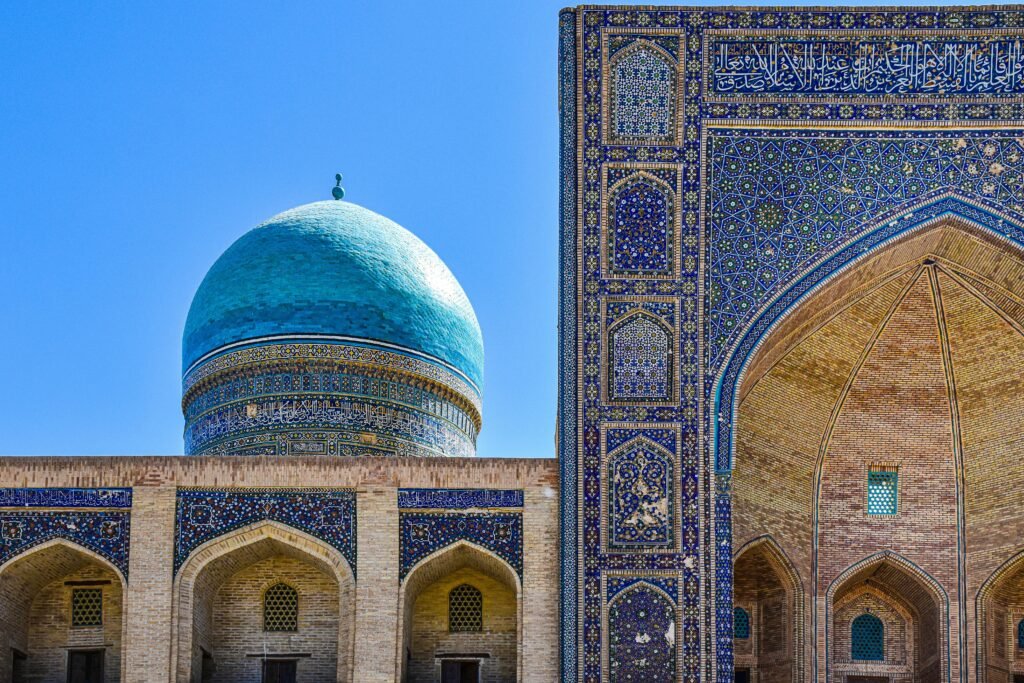
Image: Lyab-i Hauz complex in Bukhara with its serene pool and historic buildings
Khiva: A Living Museum on the Ancient Route
Walking into Khiva feels like stepping into a different century. Its old city, Itchan Kala, is surrounded by thick mud-brick walls and filled with more than 50 historic sites. It’s one of the best-preserved medieval cities in Central Asia, and a UNESCO World Heritage site.
Essential Khiva sightseeing destinations include:
- Itchan Kala: The walled old town is small enough to explore on foot, but full of treasures—madrasahs, minarets, palaces, and mosques, all in one place.
- Kalta Minor Minaret: Famous for its bright turquoise tiles, this unfinished minaret was meant to be the tallest in the region.
- Khuna Ark: Once home to Khivan rulers, this citadel gives you a glimpse into royal life during the khanate period.
- Tash Hauli Palace: Known as the “Stone Palace,” it’s full of decorated courtyards, mosaic-covered rooms, and elegant harem quarters.
- Jumaa Mosque: A peaceful mosque with 213 carved wooden columns, some over 1,000 years old. Its dark, forest-like interior is truly one-of-a-kind.
💡 Travel Tip: You can see most of Khiva in one day thanks to its compact layout. But staying overnight lets you enjoy the quiet charm of the city after the crowds leave—and it’s pure magic at sunset.

image: Kalta Minor Minaret with its vibrant turquoise tiles within the walls of Itchan Kala

Image: Local street market in Khiva
II. Venturing Beyond the Silk Road: Discovering Uzbekistan’s Hidden Facets
The famous Silk Road cities may be the main highlight for most travelers, but Uzbekistan has much more to offer. If you’re looking to go off the beaten path, these spots reveal a different side of the country—from nature escapes to village life.
Natural Wonders and Outdoor Adventures
Need a break from mosques and madrasahs? Here are a few refreshing getaways:
- Chimgan Mountains: About 80 km from Tashkent, this is a popular summer spot for locals. Expect cool weather, forested trails, and scenic views. Great for hiking, relaxing, and escaping the city heat.
📸 Image: Chimgan Mountains - Aral Sea: Once the world’s 4th largest lake, now mostly dried up, the Aral Sea is both haunting and beautiful. Visiting its remaining shoreline offers insight into environmental change—and a chance to explore abandoned fishing villages and ship graveyards.
- Nuratau Mountains: Quiet and peaceful, this lesser-known range is ideal for ecotourism. You can hike, stay in family-run homestays, and experience rural Uzbek hospitality away from tourist crowds.
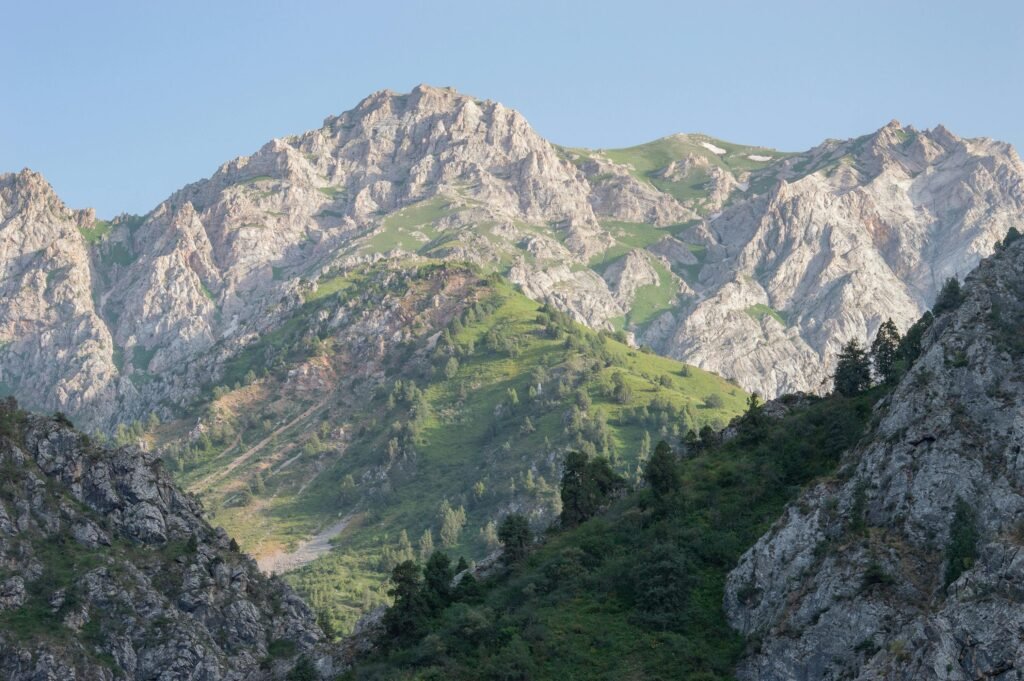
Image: Chimgan Mountains
Cultural Experiences Beyond Architecture
To truly understand modern Uzbek culture, go beyond domes and minarets. These cultural highlights offer a deeper look into everyday life and creativity in Uzbekistan.
- Contemporary Art: In Tashkent, you’ll find a growing art scene. Visit the Art Gallery of Uzbekistan or smaller independent spaces to see paintings, installations, and photography by local artists.
- Culinary Delights: Uzbek food is rich, hearty, and full of flavor. Don’t miss:
- Plov – rice pilaf with meat and vegetables (the national dish!)
- Lagman – hand-pulled noodles in savory broth
- Shashlik – skewered grilled meat, often served with raw onions and bread
- Food tours and cooking classes are great ways to dive into Central Asian cuisine.
- Traditional Crafts: Beyond the tourist shops, seek out authentic workshops where traditional crafts like ceramics, silk weaving, and wood carving continue to thrive, particularly in Rishtan (ceramics) and Margilan (silk).
🏞️ Want more off-the-beaten-path ideas? Kazakhstan’s wide-open landscapes are next-level too — perfect to pair with your Uzbekistan journey.
III. Off-the-Beaten-Path Destinations
If you have more time in your trip, these lesser-known places offer unique stories and fewer crowds. They show you a different side of Uzbekistan—quiet, creative, and full of character.
- Shakhrisabz: The birthplace of Timur (Tamerlane), this small city is just a day trip from Samarkand. You’ll find the ruins of his summer palace, along with mausoleums and monuments that celebrate his legacy.
- Fergana Valley: This fertile region is known for agriculture and traditional crafts. It’s a great place to learn about rural life, see silk weaving in action, and taste farm-fresh produce.
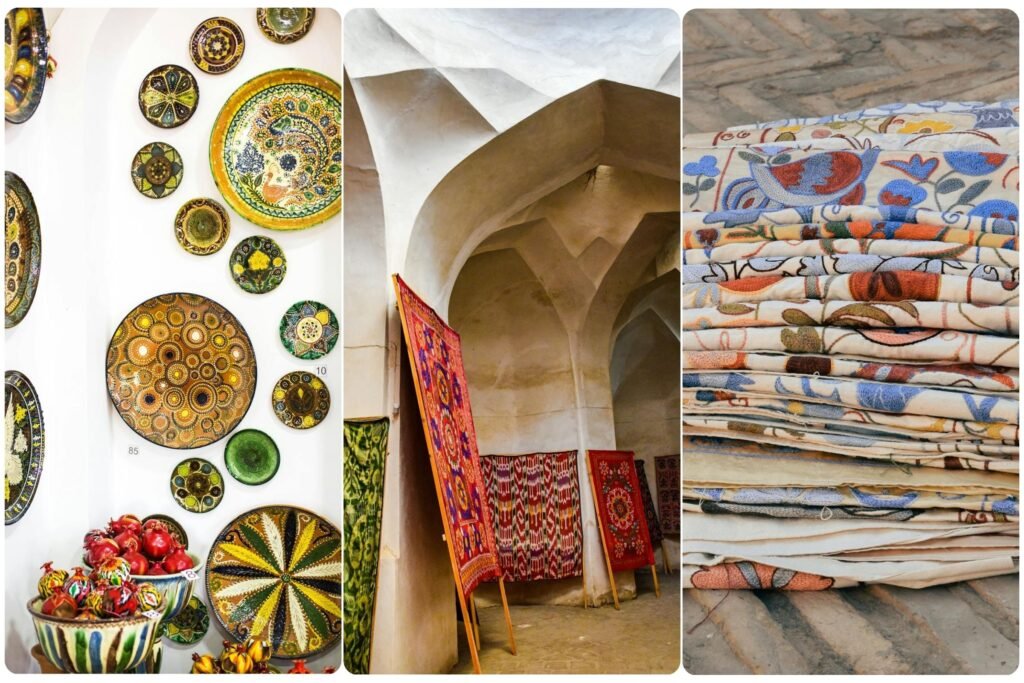
- Nukus: Far out west lies Nukus, home to the Savitsky Museum—one of the world’s largest collections of Soviet avant-garde art. These artworks were saved from censorship during Soviet times, and the museum is a powerful surprise in the desert.

Image: Traditional Uzbek ceramic workshop with artisans creating hand-painted pottery
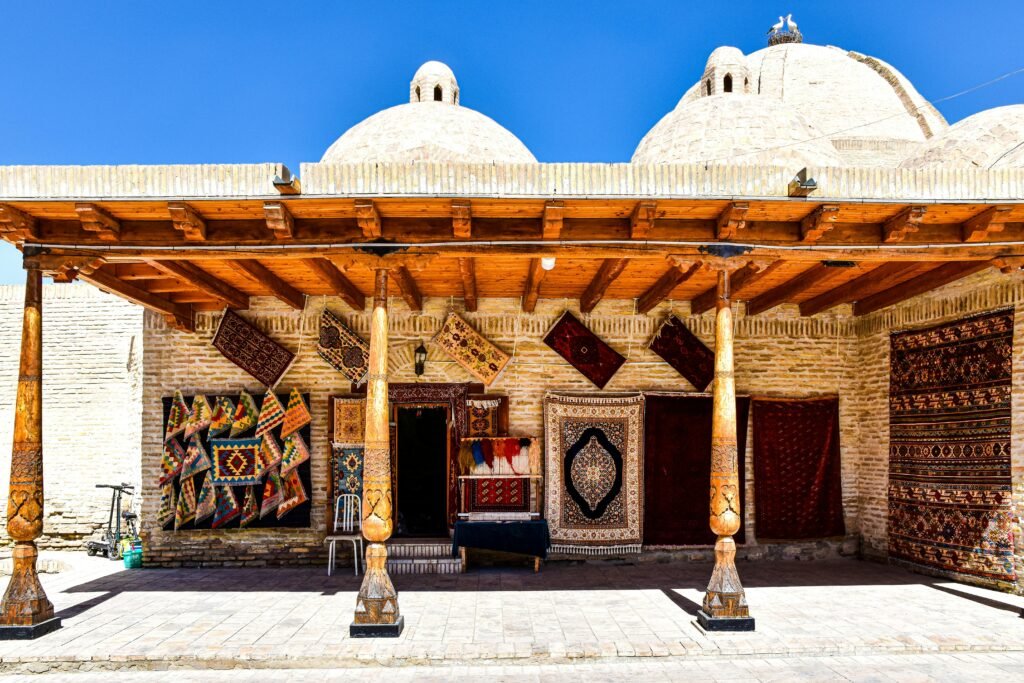
Image: Handmade Carpets on Store Wall in Town in Uzbekistan
IV. Planning Your Uzbek Adventure: Essential Tips and Practical Advice
Before you start your journey, this Uzbekistan travel guide gives you the key tips you need to plan with confidence—from visas and weather to what to pack.
Before You Embark: Preparation Essentials
Proper planning is key to a smooth experience in Uzbekistan. Consider these essential preparations:
- Visa Requirements: Most travelers can now apply for an e-visa online. It costs about $25 and takes 2–3 business days to process. Apply through the official e-visa portal.
- Best Time to Visit Uzbekistan: The best seasons are:
- Spring (March–April) 🌸: Warm and great for sightseeing
- Autumn (September–November) 🍂: Cooler and less crowded
- Avoid the peak of summer (very hot in cities like Bukhara) and winter (cold, sometimes snowy).
- Packing Essentials: Bring layers for variable temperatures, comfortable walking shoes for extensive sightseeing, sunscreen, a hat for sun protection, and modest clothing for visiting religious sites.
- Health Preparations: No special vaccinations are required, but bringing a basic medical kit, including stomach remedies, is advisable. Bottled water is recommended throughout your stay.
Navigating Uzbekistan: Transportation Guide
Getting around Uzbekistan is easier than you might expect. Here’s how to move efficiently between cities and within local areas to make the most of your trip.
Local Transport
- Yandex Go (like Uber) works well in big cities like Tashkent and Samarkand. It’s easy, affordable, and removes the need to haggle with taxi drivers.
- Traditional taxis are everywhere, but prices aren’t fixed. Be ready to negotiate before you hop in.
Intercity Travel
- The Afrosiyob high-speed train connects Tashkent, Samarkand, and Bukhara. It’s fast, clean, and comfortable—a great way to save time and avoid long bus rides.
- Book early! Trains can sell out, especially in spring and autumn. Ask your hotel or a local travel agent to help with reservations.

Image: Hotel Uzbekistan in Tashkent
🚐 Getting to Khiva
Currently, there’s no high-speed train to Khiva. But you still have a few good options:
- Fly to Urgench, the nearest airport, then take a short taxi ride (about 35 minutes) to Khiva
- Take an overnight sleeper train from Bukhara or Samarkand
- Use a shared taxi, which is affordable and popular with locals
- Communication: Download a translation app and get a local SIM card upon arrival for affordable data. Major providers include Ucell and Beeline, with tourist packages available at the airport.
Visiting more than one country? Consider an Asia regional eSIM to make your journey easier.
Cultural Insights for Respectful Travel
Learning a bit about Uzbek customs will help you connect with locals—and show respect for their culture. Here are a few basics to keep in mind:
- Language: While Uzbek is the official language, Russian serves as a lingua franca. English is increasingly spoken in tourist areas but remains limited elsewhere. Learning a few basic phrases in Uzbek or Russian is appreciated.
- Hospitality: Uzbek people are known for their warmth and hospitality. If invited into a home, removing shoes is customary, and bringing a small gift is appreciated.
- Photography: Always ask permission before photographing people, particularly in more conservative areas. Most historical sites charge camera fees, which are typically nominal.
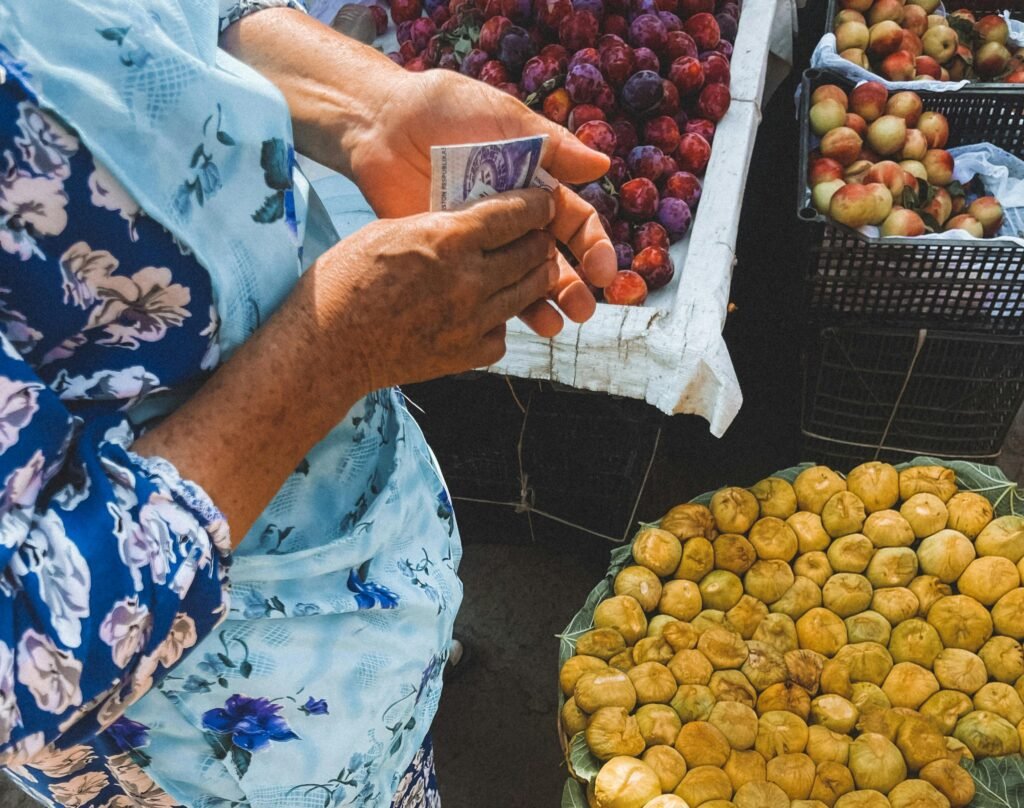
- Currency: The Uzbekistani Som (UZS) is the local currency. While cards are becoming more common in hotels and upscale restaurants, cash remains king for daily expenses, markets, and smaller establishments.
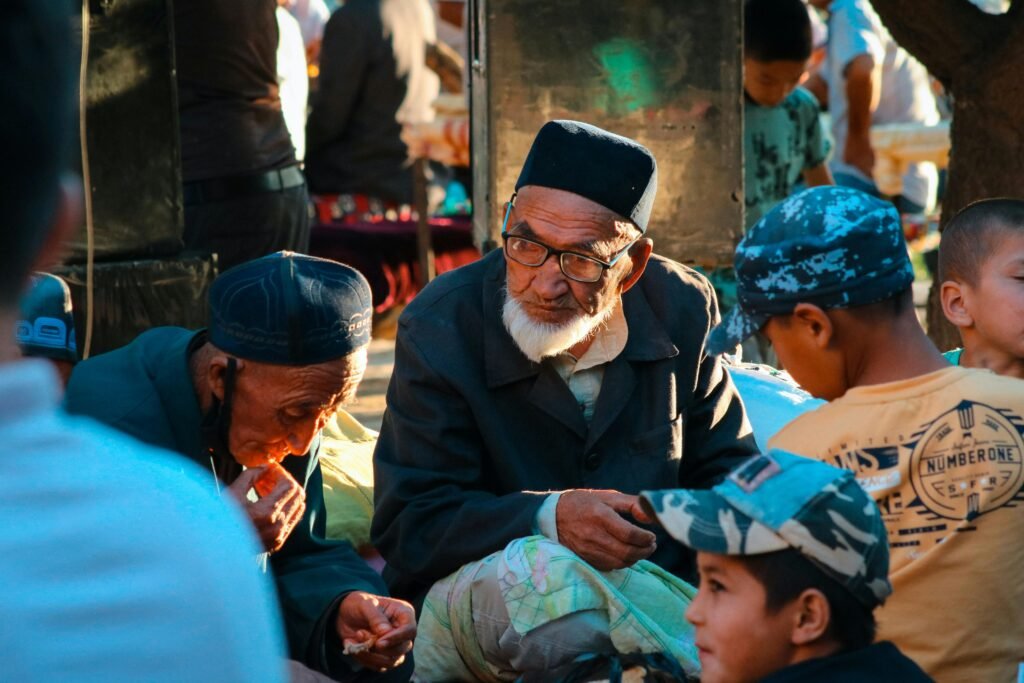
Image: Local Uzbek family welcoming travelers for a traditional meal in their home
Connectivity Solutions for the Modern Traveler
Staying connected while exploring Uzbekistan is increasingly important for navigation, translation, and sharing experiences:
- Local SIM Cards: Readily available at the airport and in mobile shops throughout major cities. Providers like Ucell and Beeline offer affordable tourist packages with ample data.
- eSIM Options: For seamless connectivity without the hassle of purchasing a physical SIM card, consider Gohub’s Uzbekistan eSIM solutions. These provide data coverage throughout your journey with easy activation before you even arrive in Uzbekistan.
- WiFi Availability: Most hotels and many cafes in major cities offer WiFi, though speed and reliability can vary. Having your own data connection provides valuable backup, especially for navigation.
- Useful Apps: Download Yandex Maps (works better than Google Maps in Uzbekistan), Yandex Go for taxis, and a good offline translation app before your trip.

Image: Screenshot of the GoHub eSIM webpage, highlighting the destination input field with “Uzbekistan” selected, illustrating how users can easily search for eSIM data plans.
👉 Explore GoHub’s Uzbekistan eSIM plans now
Sample Uzbekistan Itineraries
Based on available time, consider these itinerary frameworks:
1-Week Essential Uzbekistan:
- Day 1-2: Tashkent
- Day 3-4: Samarkand
- Day 5-6: Bukhara
- Day 7: Return to Tashkent
10-Day Complete Silk Road:
- Day 1-2: Tashkent
- Day 3-4: Samarkand
- Day 5-6: Bukhara
- Day 7-9: Khiva
- Day 10: Return to Tashkent
2-Week In-Depth Exploration:
- Day 1-2: Tashkent
- Day 3-4: Samarkand
- Day 5: Shakhrisabz (day trip)
- Day 6-8: Bukhara
- Day 9-11: Khiva
- Day 12: Nukus
- Day 13-14: Return to Tashkent, with a day trip to the Chimgan Mountains
If you’re planning a bigger adventure across the region, don’t miss our Kyrgyzstan eSIM guide for seamless connectivity.
V. Responsible Travel and Deeper Engagement
Supporting Local Communities
As responsible travelers, we can positively impact the places we visit:
- Support Local Artisans: Purchase directly from workshops where possible, ensuring your souvenirs genuinely support local craftsmanship.
- Respect Historical Sites: These treasures have survived centuries and deserve our care. Follow site rules and avoid touching sensitive surfaces or climbing on structures.
- Environmental Awareness: Minimize plastic waste by carrying a reusable water bottle (refilled with bottled or filtered water) and declining unnecessary plastic bags.
- Cultural Sensitivity: Dress modestly, particularly at religious sites, and be mindful of local customs regarding photography and behavior.
Deepening Your Understanding
To truly appreciate Uzbekistan’s complexity:
- Historical Context: Before visiting, familiarize yourself with basic Central Asian history, particularly regarding the Silk Road, Timur’s empire, and the Soviet period.
- Literary Companions: Books like “The Great Game” by Peter Hopkirk or “Samarkand” by Amin Maalouf provide valuable historical and cultural context.
- Local Guides: Consider hiring local guides at major sites for deeper insights beyond what guidebooks offer. Many are historians or archaeologists with extensive knowledge.
- Culinary Exploration: Food tells the story of a culture’s history and influences. Try regional variations of dishes and ask about their origins and significance.
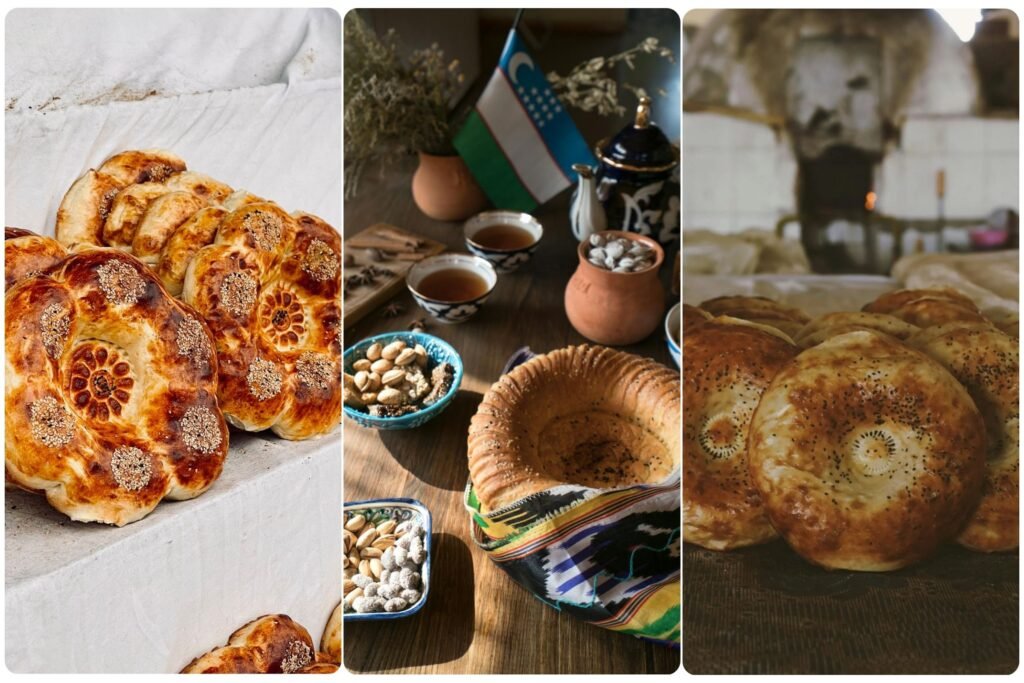
Image: Traditional Uzbek bread varieties
VI. Conclusion: Uzbekistan – A Journey Beyond Expectations
Uzbekistan is more than a place to visit—it’s a journey through history, culture, and warm human connection. From the grand madrasahs of Samarkand to the peaceful alleys of Bukhara and the open-air charm of Khiva, this country brings the Silk Road to life in the most unforgettable way.
What sets Uzbekistan apart is how real it feels. You’ll explore world-class landmarks without the crowds, share tea with locals, and watch artisans carry on centuries-old crafts. It’s a rare mix of beauty and authenticity—something that’s getting harder to find.
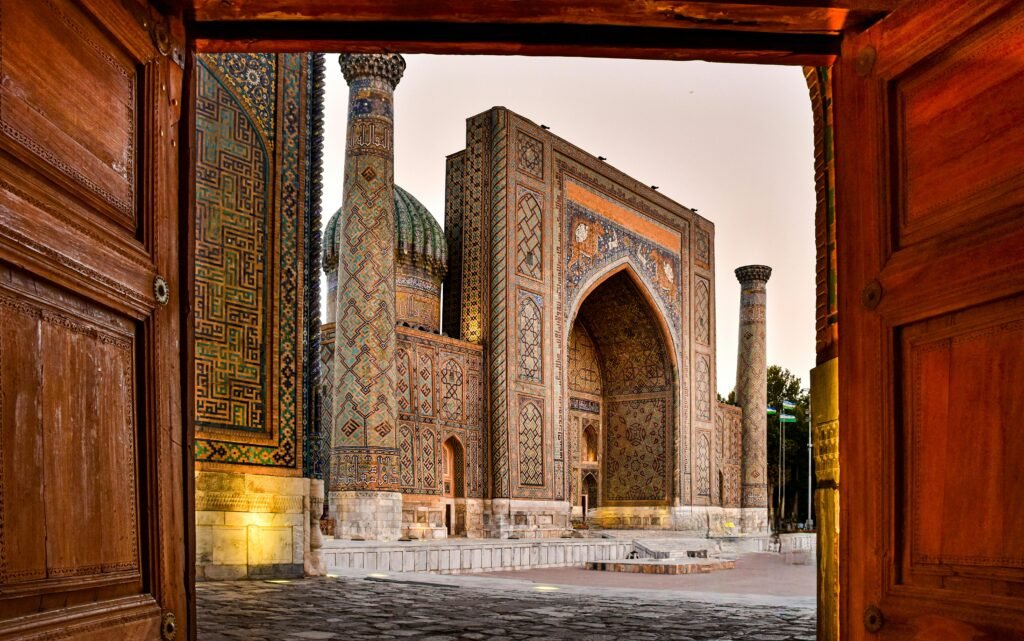
Image: Registan architectural complex in Samarkand Uzbekistan
Now is the perfect time to go—before tourism grows too fast and the quiet magic fades. With this Uzbekistan travel guide, a bit of planning, and a spirit of curiosity, you’ll find a destination that’s welcoming, surprising, and deeply rewarding.
💡 Pro tip: Don’t forget to stay connected while you travel. With a Gohub eSIM, you can navigate, translate, and share your journey with ease—no roaming, no hassle.
📶 From Samarkand to Bukhara, stay connected with Gohub’s Asia eSIM — great for travelers across Central Asia. Instant activation, no roaming surprises, and full Silk Road coverage.


